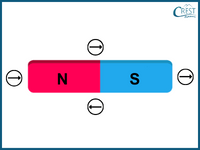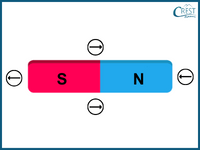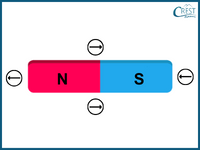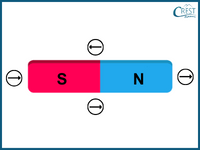1. Consider two homes with identical electrical setups. Home A has all its electrical circuits protected by circuit breakers, while Home B uses fuses for protection. Which of the following statements is most accurate regarding the advantages and disadvantages of these two protection methods?
a) Home A is safer because circuit breakers can be reset, while Home B is at higher risk due to fuses needing replacement.
b) Home B is more energy-efficient because fuses consume less power than circuit breakers.
c) Home A is more cost-effective in the long run due to the one-time investment in circuit breakers.
d) Home B is preferred in areas with frequent power surges due to its fuse-based protection.
Answer: a) Circuit breakers provide a safety advantage in that they can be reset after tripping, making them more convenient and reducing the risk of homeowners bypassing protection. Fuses, on the other hand, need to be replaced when they blow, and if the wrong fuse rating is used, it can lead to a safety hazard. This makes Home A with circuit breakers a safer option in terms of protection and maintenance.
2. Three different electromagnets, EM1, EM2, and EM3, are constructed with varying numbers of wire turns and connected to the same power source. Additionally, the electromagnets have cores made of different materials.
|
Electromagnet
|
Number of Wire Turns
|
|
EM1 (Steel core)
|
220
|
|
EM2 (Copper-nickel alloy core)
|
118
|
|
EM3 (Soft iron core)
|
290
|
Which electromagnet will produce the strongest magnetic field?
a) EM1
b) EM2
c) EM3
d) They will all produce the same magnetic field strength.
Answer: c) The number of wire turns is a crucial factor in determining the strength of an electromagnet. More wire turns generally result in a stronger magnetic field. EM3 has the highest number of wire turns, making it a strong candidate for producing the strongest magnetic field.
The core material also plays a significant role in enhancing the magnetic field. Soft iron is a ferromagnetic material that can be easily magnetised and demagnetised. It is commonly used as a core material in electromagnets because it significantly increases the magnetic field strength. In contrast, steel and copper-nickel alloy cores do not enhance the magnetic field to the same extent.
Therefore, considering both the number of wire turns and the core material, EM3 (with a soft iron core and 290 wire turns) will produce the strongest magnetic field among EM1, EM2, and EM3.
3. Choose the option that correctly illustrates the orientation of compass needles around the bar magnet.
a) 
b) 
c) 
d) 
Answer: c) The compass needles are aligned parallel to the magnetic field lines, indicating that they follow the direction of the magnetic field.
The compass needles at the ends of the bar magnet point toward the opposite pole of the magnet. This aligns with the concept that magnetic field lines travel from the north pole to the south pole of a magnet.
4. A student conducted an experiment involving two wire coils, one energised with a direct current (DC) and the other powered by an alternating current (AC). Based on their observations, which statement accurately characterises the response of a compass needle when strategically positioned near each coil?
a) The compass needle exhibits a uniform response near both coils.
b) The compass needle exhibits varying deflection patterns near the two coils due to differences in the current direction.
c) The compass needle only reacts to DC, showing no response to AC.
d) The compass needle remains stationary in close proximity to both coils.
Answer: b) When a direct current (DC) flows through a wire coil, the electric current has a constant magnitude and flows in one direction. As a result, a steady magnetic field is created around the coil. When a compass needle is placed near the DC coil, it aligns itself with this steady magnetic field, deflecting in a consistent direction.
In contrast, when an alternating current (AC) flows through a wire coil, the direction of the current reverses periodically. This reversal of current direction leads to a magnetic field that also alternates in direction. Consequently, when a compass needle is positioned near the AC coil, it continuously oscillates or deflects as the magnetic field direction changes with the alternating current.
5. Which of the following factors affects the magnitude of the induced electromotive force (EMF) in a coil due to electromagnetic induction?
i) The strength of the magnetic field
ii) The speed of relative motion
iii) The resistance of the coil
iv) The temperature of the coil
a) i and ii only
b) ii and iii only
c) i, ii and iii
d) i, iii and iv
Answer: c) The magnitude of the induced electromotive force (EMF) in a coil is affected by the strength of the magnetic field, the speed of relative motion between the coil and the magnetic field, and the resistance of the coil. These factors collectively determine the strength of the induced EMF in the coil during electromagnetic induction.
A stronger magnetic field and faster motion lead to a larger induced EMF. results in a higher induced EMF.
Coil resistance impacts the induced current. More coil resistance means less induced current for the same EMF.





